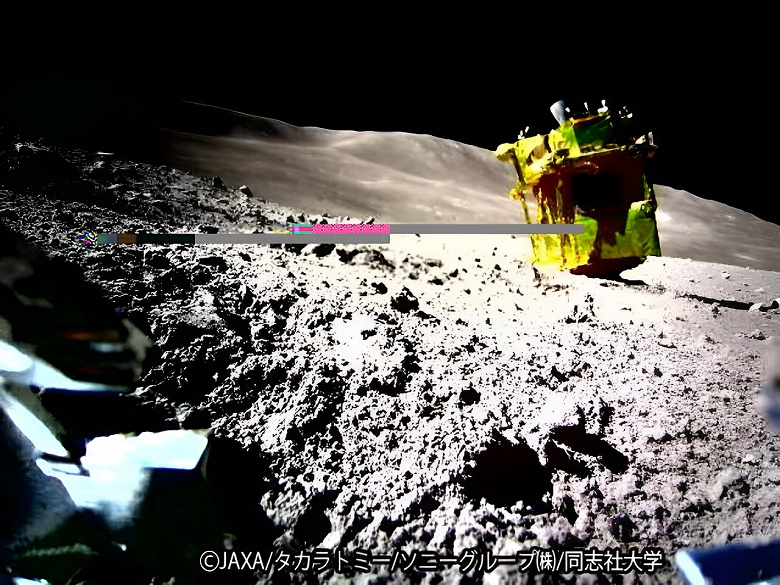SLIM was not designed for lunar night conditions, but scientists plan to reactivate after the end of this period
The Japanese lunar lander SLIM again found itself in sleep mode due to the lunar night. The space agency JAXA said the craft stopped working again after a short period of activity, but its mission will continue if it survives the two-week lunar night.
Last month, the Smart Lander for Investigating Moon (SLIM) landed on the Moon at the wrong angle, causing the solar panels to be misaligned. After the sun's position changed, the spacecraft came to life and for two days this week was able to conduct scientific observations of the crater using its high-resolution camera.
«After completing its work on January 30-31, SLIM entered a two-week period of hibernation, which would last throughout the long lunar night. Although SLIM was not designed for moonlit nights, we plan to reactivate it from mid-February when the sun once again illuminates its solar panels, — the space agency JAXA reported.
JAXA also noted that SLIM was able to successfully carry out planned observations using its spectroscopic equipment and that the device will be able to study more target areas than originally planned.
The space agency also released a black-and-white photo of the moon's rocky surface taken by SLIM. This photo was the latest in a series of images obtained as part of a mission to study the exposed part of the Moon's mantle — inner layer, usually hidden under the bark.
SLIM device, also known as «Moon Sniper» Due to its precision landing technology, it successfully landed in the target area on January 20. This was a significant achievement for the Japanese space program after failures, and Japan became the fifth nation to achieve a «soft landing» on the Moon, after the USA, USSR, China and India. However, during the descent, the vehicle's engine encountered problems, causing the SLIM to roll over on its side, resulting in the incorrect position of the solar panels, which turned out to be facing west rather than vertically.
Russia, China and other countries from South Korea to the United Arab Emirates are also racing to reach the moon. US company Astrobotic's Peregrine lunar lander, launched in January, encountered problems with fuel loss, leading to the failure of its mission. As a result, the device burned up in the Earth's atmosphere. At the same time, NASA postponed plans for crewed missions to the Moon as part of the Artemis program.

